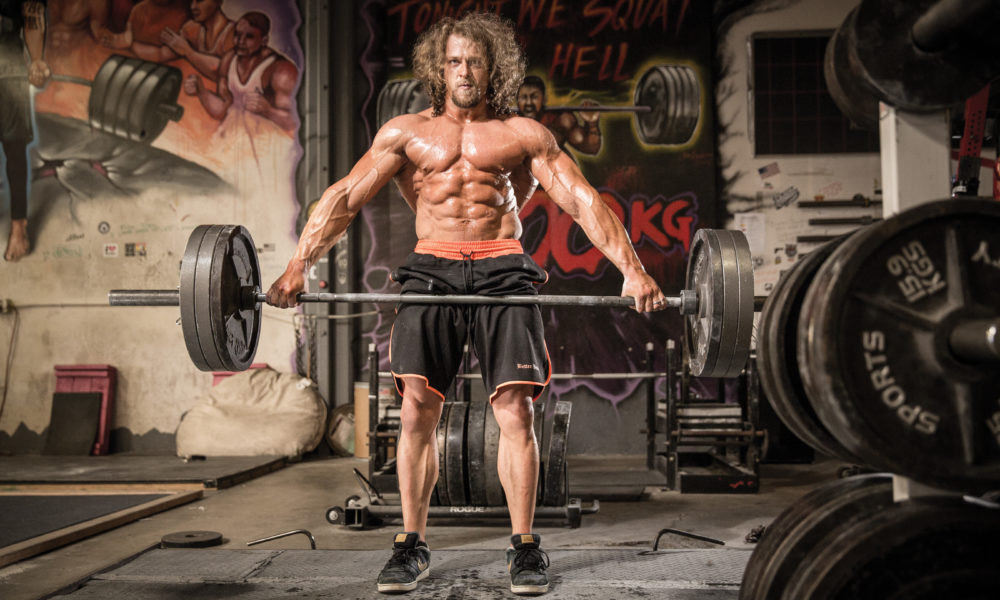

These accessory exercises will help with both hypertrophy and strength.
By Tucker Loken-Dahle
In the pursuit of muscle mass and strength gains, what are some movements that can help improve your squat, bench press, and dead lift, while also adding muscle? Below are six exercises that can be used for both strength and hypertrophy. These are all variations on standard exercises and can be done in any gym without the need for any extraneous equipment.
When putting these exercises into your routine, any of these can be subbed in for when you would normally do a Big 3 movement, or they can be used as a strength-assistance movement after your main exercise. The rule of thumb in bodybuilding and powerlifting is to continually work on your weak points. If you’re particularly bad at one of these exercises, you need it! Try putting one of these variations into your routine for one or two month cycles and then reassess the impact on your physique and strength. After a few cycles you’ll notice some big changes in strength and size.
Pause Squats
Pause squats are a great variation to add in when your squat has been stagnant for a while. It’ll help you build both strength and size in several ways. Even though you’ll be decreasing the weight you use, you’ll be increasing your muscle’s time under tension. A one- to two-second pause in the hole can feel like eternity if you do them right. You’re improving your body’s ability to rapidly contract the muscles and explode from a dead stop, which will come in handy when the weight gets heavy and you want to go for heavier loads.
Front Squats
Front squats are already in the bodybuilder’s arsenal for quad development but are often overlooked as a main mover and not used to their full potential. If your squat has been stuck for a long time, sometimes just a small variation like a pause squat won’t be enough. You’ve got to build a full foundation around the movement, and that includes changing the center of balance and placement of the weight. Besides being a good quad-builder, front squats are probably one of the best core exercises you can do. In order to stay upright, everything from your hips to your armpits has to engage. Your glutes, abs, obliques, and even your lats and erectors all have to engage to keep your torso steady so the weight can move smoothly. If you haven’t prioritized front squats as a starting exercise, prepare to be humbled. With practice, though, one plate on each side becomes two, which becomes three. The quick gains from doing something you’re inexperienced with can be a big confidence boost, and when you go back to regular back squats it’ll transfer over in a big way.
Close-Grip Bench Press
Something as small as moving your hands in can make a big difference in the muscles you activate during your bench press. Close-grip bench presses are usually part of a triceps routine for bodybuilders, with the hands in very close and the triceps muscle targeted as much as possible. A more powerlifting-style close-grip press, where the hands are moved in a hand’s width, can still activate your chest, shoulders, and triceps, just through a different angle. Since your hands are closer together, when you touch your chest you’ll get more range of motion and this will give you more of a stretch in your chest and shoulders to hit the muscles differently. It’s all about mixing it up. Even if triceps aren’t a weak point for you, mixing in close-grip bench as either a starter movement or secondary movement can still build plenty of mass on your chest and shoulders and improve your bench strength.
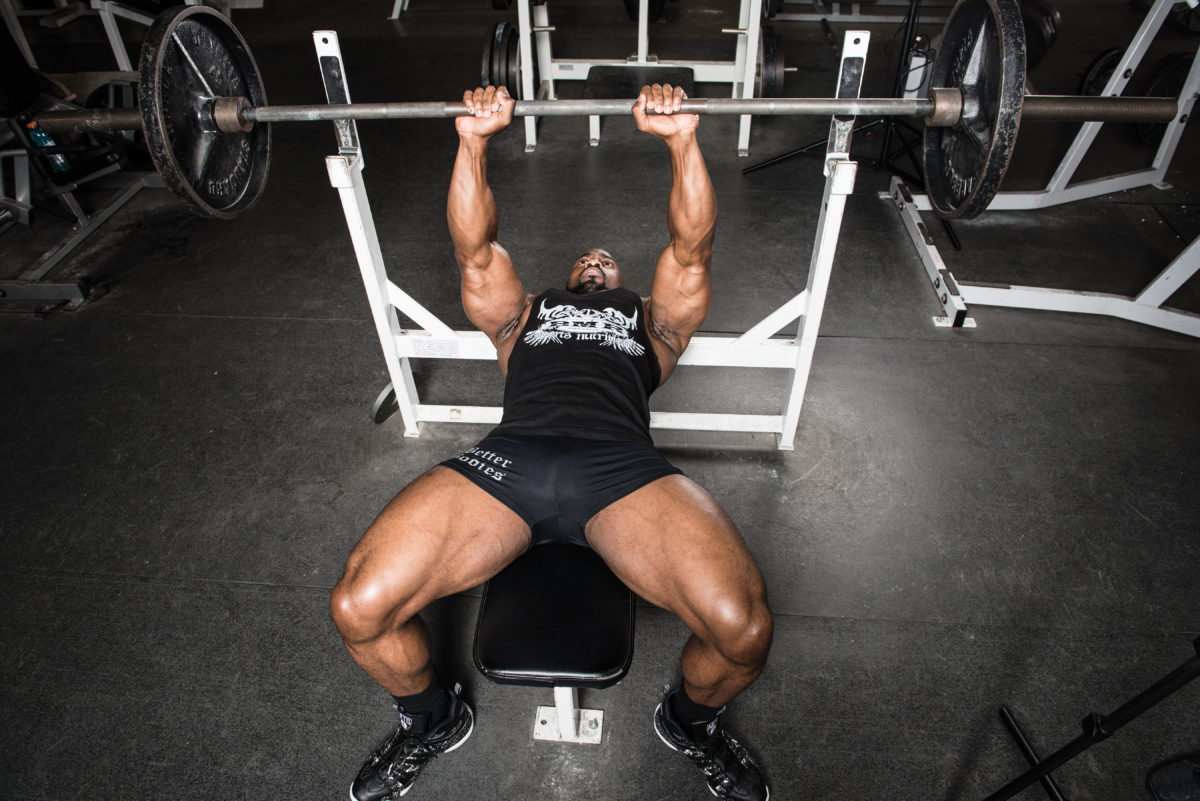
Floor Press
You might feel a little funny lying down in the middle of a squat rack and doing these in front of people, but you won’t be bothered when your bench press goes up. On a floor press, your range of motion is a little smaller, and you’re coming to a dead stop, so you’ll have no opportunity to bounce the weight or use any momentum. Trust me on this one, don’t let your ego get the best of you and try to take it fast and bounce the weight off the floor. Your elbows and wrists won’t appreciate that. Even if locking out isn’t an issue for you (a weakness the floor press addresses), this can still be a very helpful movement. Lying on the floor makes it so that you can’t get any leg drive, so you’re working your pressing muscles only. The isolation will help muscle growth while also improving your bench strength.
Deficit Deadlifts
Deficit deadlifts are one of the best posterior-chain movements you can do. Everything from your calves up to your traps will be engaged. Even though this movement doesn’t perfectly isolate any one muscle group, the variation on the angle of a typical deadlift will be enough to make some good improvements on your back muscles, as well as your glutes and hams. Another big plus for a deficit deadlift is the help it gives in the leg-drive portion of the movement. Most people coming from a bodybuilding background struggle with leg drive and haul the weight up with their backs rather than making it a full-body lift. Deficits are probably the best movement you can do to help train your body to engage everything including your legs. Once you nail them down your deadlift will increase dramatically.
Snatch-Grip Deadlifts
Snatch-grip deadlifts are great for upper-back development and stability. Under really heavy weight, a lot of lifter’s backs will round at the top. This isn’t all bad, but when it gets to the point that you can’t lock out the lift, or where injury becomes an issue, it’s time to get to work on your weak point. When you grab the bar wide like you’re going to do a snatch, it’ll force you to engage your lats and traps, which will not only transfer to a better and stronger pull, it’ll hit the back muscles with an unfamiliar weight and a movement that will thicken up your entire upper back. IM






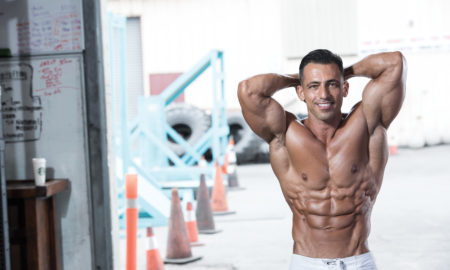
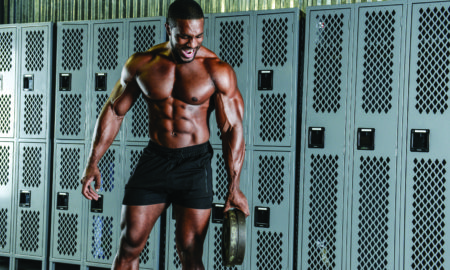





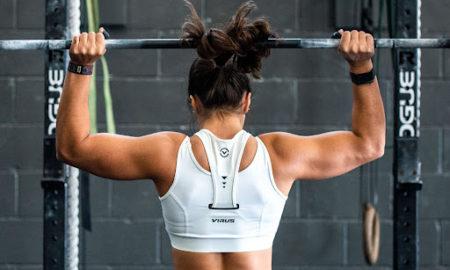

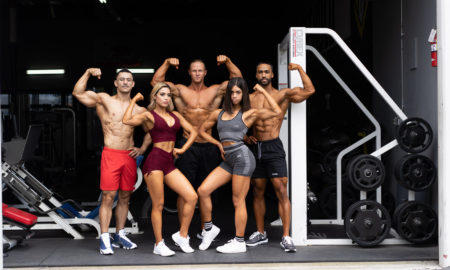
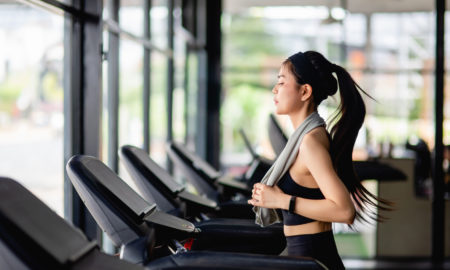
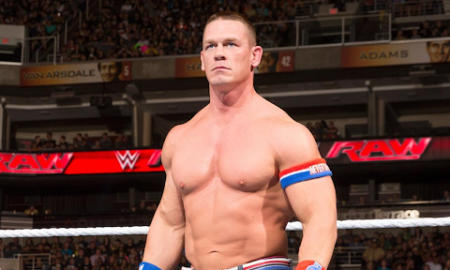
You must be logged in to post a comment Login